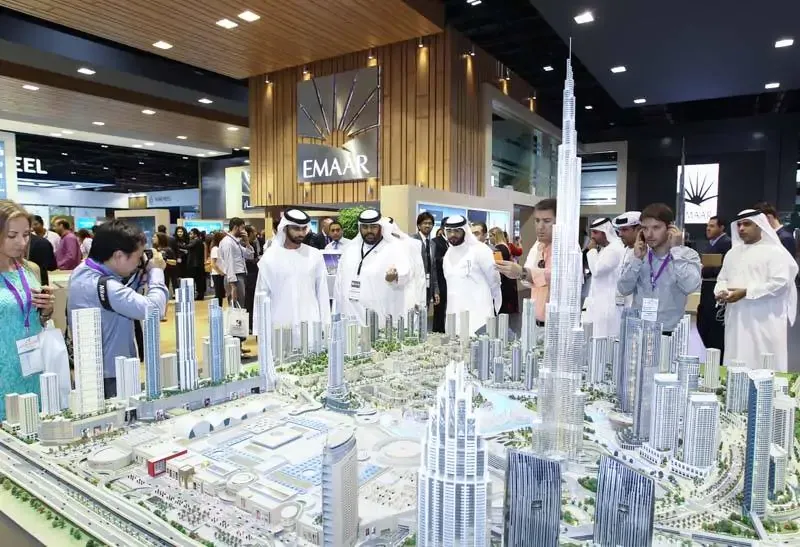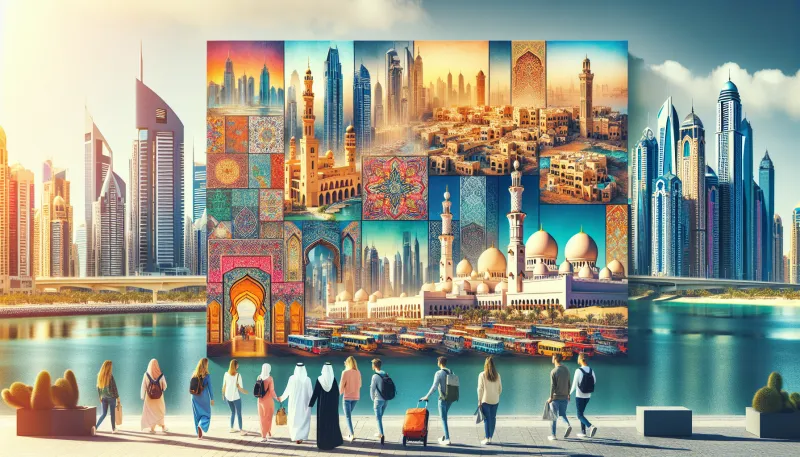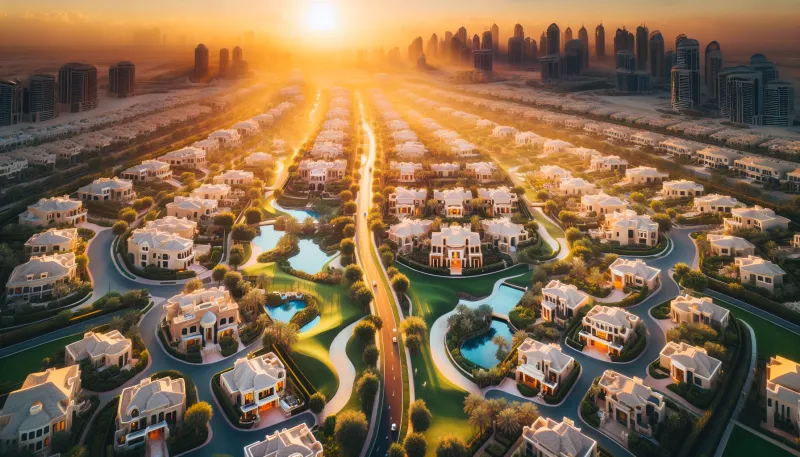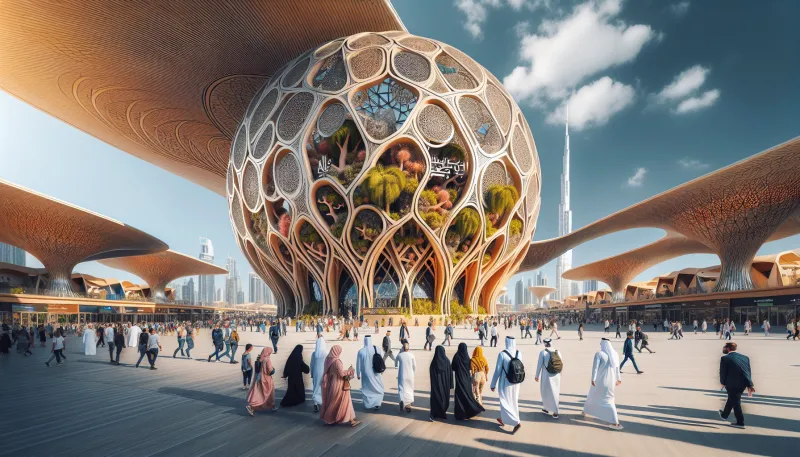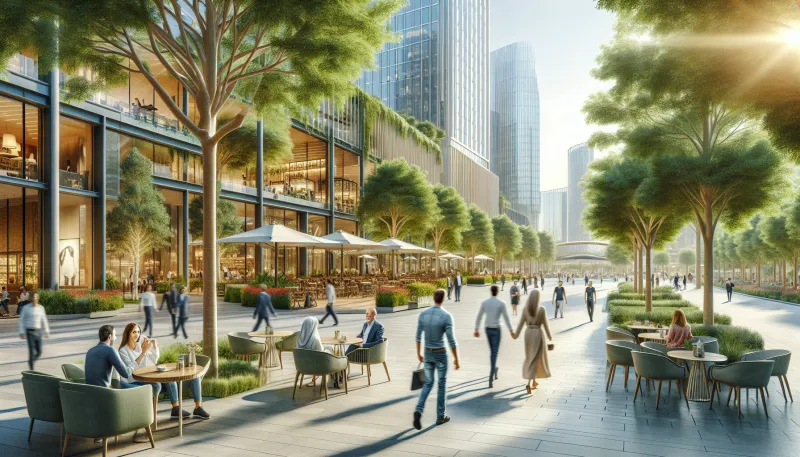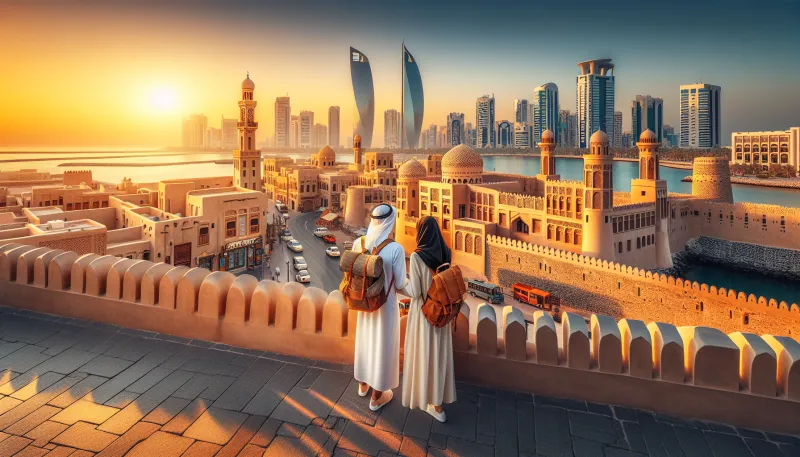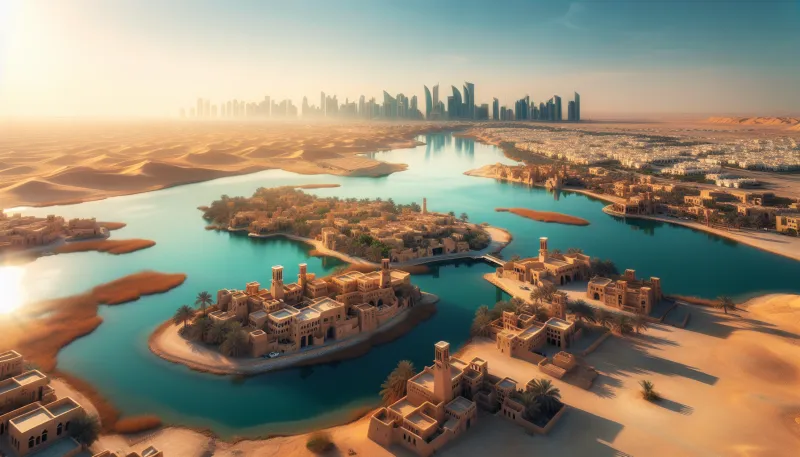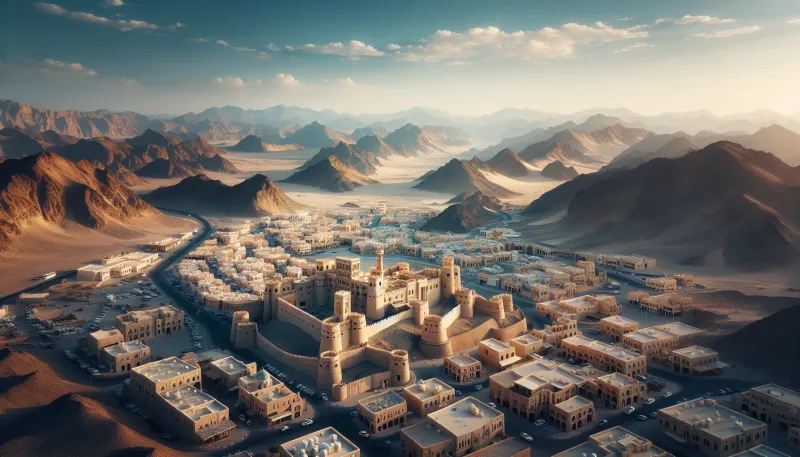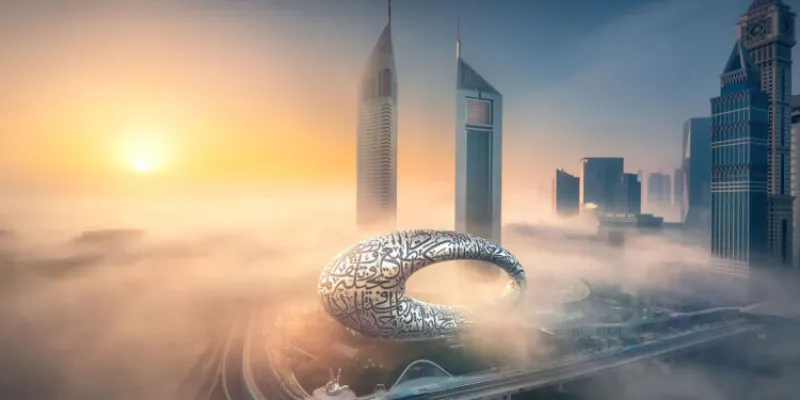
Tracing the vibrant history of Al Ain: Oasis of the Emirates
Al Ain, often referred to as the "Garden City" of the United Arab Emirates, boasts a rich tapestry of history that spans millennia. Nestled in an oasis at the foot of the Hajar Mountains, this city has been a cradle of civilization, a center of culture, and a vital hub of trade and agriculture throughout the centuries.
- Ancient origins and archaeological significance
- The role of the oases in early settlement
- Strategic location and trade routes
- Development during the Islamic era
- The Al Nahyan family's influence
- Al Ain's forts and defensive architecture
- The British treaty period and modern transitions
- Al Ain in the 20th century and the formation of the UAE
- Preservation of cultural heritage and modern identity
Ancient origins and archaeological significance
Al Ain's history traces back over 4,000 years, evidenced by numerous archaeological discoveries. The region is dotted with Bronze Age tombs, ancient forts, and archaeological sites such as Hili, which reveal the city's importance in early Arabian civilizations. Archaeological findings include intricately carved artifacts, pottery, and remnants of early irrigation systems.
The role of the oases in early settlement
Al Ain's fertile oases were crucial in sustaining early human settlements in the harsh desert environment. These natural water sources enabled the development of agriculture, particularly the cultivation of date palms, which became central to the economy and diet of the inhabitants. The falaj irrigation system, a network of underground water channels, exemplifies the advanced techniques employed to harness water resources.
Strategic location and trade routes
Situated near the border with Oman and along ancient caravan routes, Al Ain served as a strategic hub for trade and cultural exchange between the Arabian Peninsula, Persia, and the Indian subcontinent. Its location facilitated the movement of goods such as frankincense, spices, and textiles, contributing to the city's prosperity from ancient times.
Development during the Islamic era
With the advent of Islam in the 7th century, Al Ain became part of the growing Islamic world. The city saw the construction of mosques and educational institutions, embedding Islamic culture and scholarship in its social fabric. Its communities continued to thrive through agriculture and trade during this period.
The Al Nahyan family's influence
The Al Nahyan family, now rulers of Abu Dhabi, originally established their power base in Al Ain. Their leadership helped consolidate tribal alliances and maintain stability in the region. The city remained a vital seat of authority and governance under their guidance, laying foundations for modern political structures.
Al Ain's forts and defensive architecture
Al Ain is home to several impressive forts, including the notable Al Jahili Fort and Al Qattara Fort. These structures serve as reminders of the city’s need for defense against tribal conflicts and external threats. Built with thick mudbrick walls and watchtowers, the forts also functioned as administrative centers and symbols of power.
The British treaty period and modern transitions
During the 19th century, Al Ain and the surrounding region came under the influence of British protection treaties aimed at securing maritime peace in the Gulf. These agreements ushered in a period of relative stability, allowing the city to develop infrastructure and modernize aspects of its economy and society.
Al Ain in the 20th century and the formation of the UAE
The 20th century marked significant growth for Al Ain, with improvements in education, healthcare, and urban development. The city played a central role in the formation of the United Arab Emirates in 1971, contributing both culturally and politically to the unified nation. The legacy of Sheikh Zayed bin Sultan Al Nahyan, who hailed from Al Ain, is especially profound in this context.
Preservation of cultural heritage and modern identity
Today, Al Ain proudly preserves its historical landmarks and traditions while embracing modernity. Initiatives to protect its archeological sites and promote cultural tourism are complemented by the city’s expanding educational institutions and green spaces. Al Ain continues to embody a unique blend of ancient heritage and contemporary vitality within the UAE.
Real Estate Market Researcher in the UAE and Middle East








